MONDAY BEER LINKS, MUSING 11.03.14
Hinkle: Brewery deal comes with a hangover. Indeed, it is great news for Richmond, Va., that Stone Brewing Co. chose that city in which to locate a new brewery. It will create a bunch of jobs and pump money and a lot of excellent beer into the community. But it didn’t come free. Just to be clear, nothing against Stone. The company has proved time and time again in San Diego what a wonderful community member it is. But what if the city of Richmond had chosen to use those millions of dollars as seed money for local companies? If city government is going to suggest to its citizens that they should support local businesses then it seems to make sense they’d do the same.
[Via Richmond-Times Dispatch, h/T The Potable Curmudgeon]
Brooklyn Brewery Cofounder Steve Hindy Discusses South Florida’s Brewing Future. “One idea that Hindy put forth was that Miami has had a hard time in the past in becoming a craft beer mecca because of its status as an international city. He sees that in major metropolitan areas like New York and Los Angeles. People are seeking the best of everything, even if it’s just what they perceive as the best, no matter where it’s from. ‘Places like Vermont or Maine or Michigan or even Oregon are very loyal to their local product. International cities are not; [the people] want the best of everywhere. That’s a challenge for craft beer.'” If that is true, I wonder if citizens of those international cities understand the price they are paying.
[Via New Times]
Beer Industry Reacts to ‘The New Yorker’ Cover. I will continue not to write anything about this. I offer John Holl’s post as a public service because it is really a 13-headed monster (which you can read all at once if you drop it into Pocket first), and suggest you then turn to “Craft Beer Mocked on Cover of The New Yorker: Geeks Unsure If They Should Celebrate.” Although I am avoiding comment, I secretly wonder why every headline I read on this topic reminds me of something from The Onion.
[Via All About Beer and Hey, Brewtiful]
The Old House at Home. However, I will use all this fuss about The New Yorker to link to this story from 1940. It turned into the first chapter of Joseph Mitchell’s “McSorley’s Wonderful Saloon.” You can read the whole book as part of “Up in the Old Hotel.” A terrific anthology.
[Via The New Yorker]
Wine Critics Keep Semantic Arguments at Bay—Not So for Beer and Spirits.“The most fascinating battles to watch are the ‘Word Wars’. The battle over word use and semantics that are primarily playing out in the beer and distilling industries over the term ‘Craft’. And here his the kicker/conclusion: “If there were a Robert Parker of Beer or a Wine Spectator of Beer, the meaning of ‘craft’ would be far less important.” Curious idea.
[Via Fermentation, The Daily Wine Blog]
Meet the Twinkie-saving, beer-selling billionaire who has changed the way you eat. This profile of the Metropoulos family details, rather than explains, what the family did with Pabst, the brewing concern it is selling at considerable profit.
[Via the Washington Post]
And because beer is local. Reports from Portland, Maine, and Kansas City.
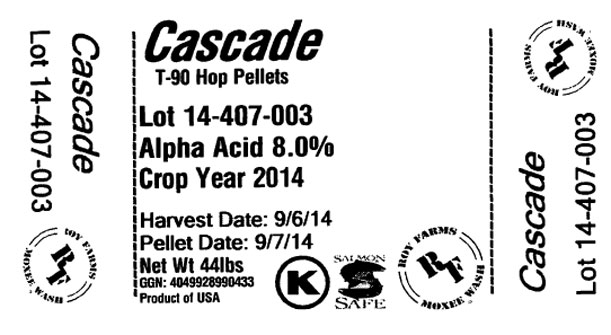
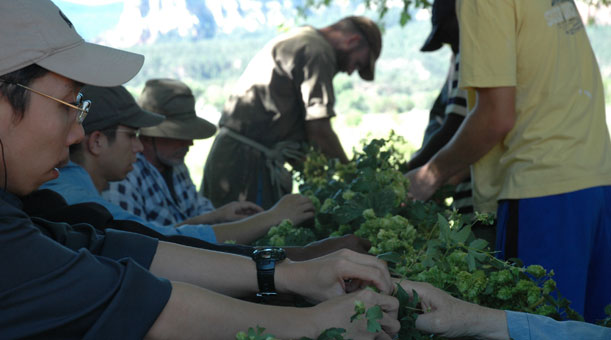 Monks picking hops in fall of 2011.
Monks picking hops in fall of 2011.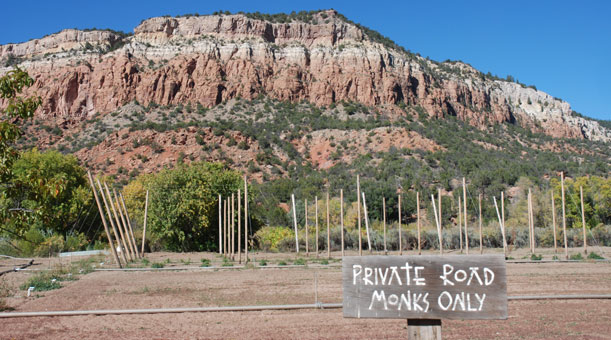 The hop yard at Christ in the Desert shortly after the 2010 harvest.
The hop yard at Christ in the Desert shortly after the 2010 harvest.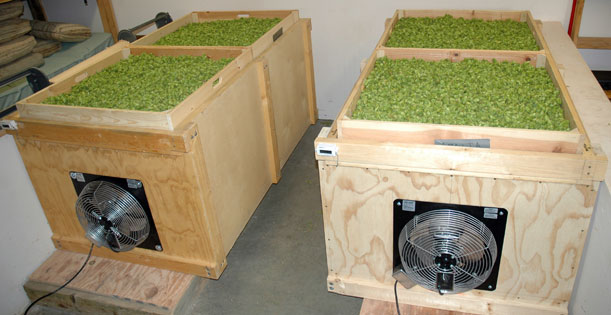 The hop dryers at Christ in the Desert.
The hop dryers at Christ in the Desert.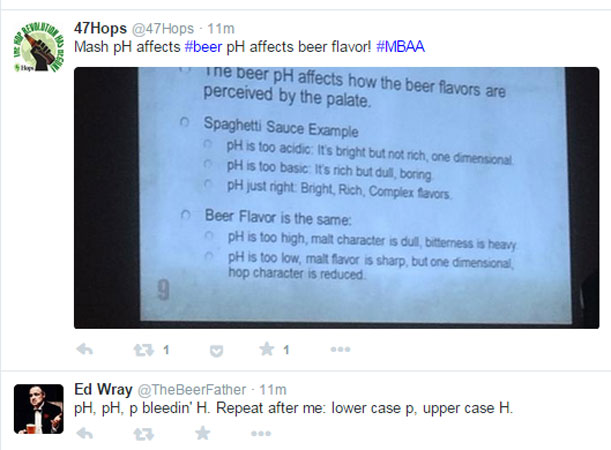
 Brian and Maria at the Roaming Pint have announced the topic for The Session #93 will be
Brian and Maria at the Roaming Pint have announced the topic for The Session #93 will be